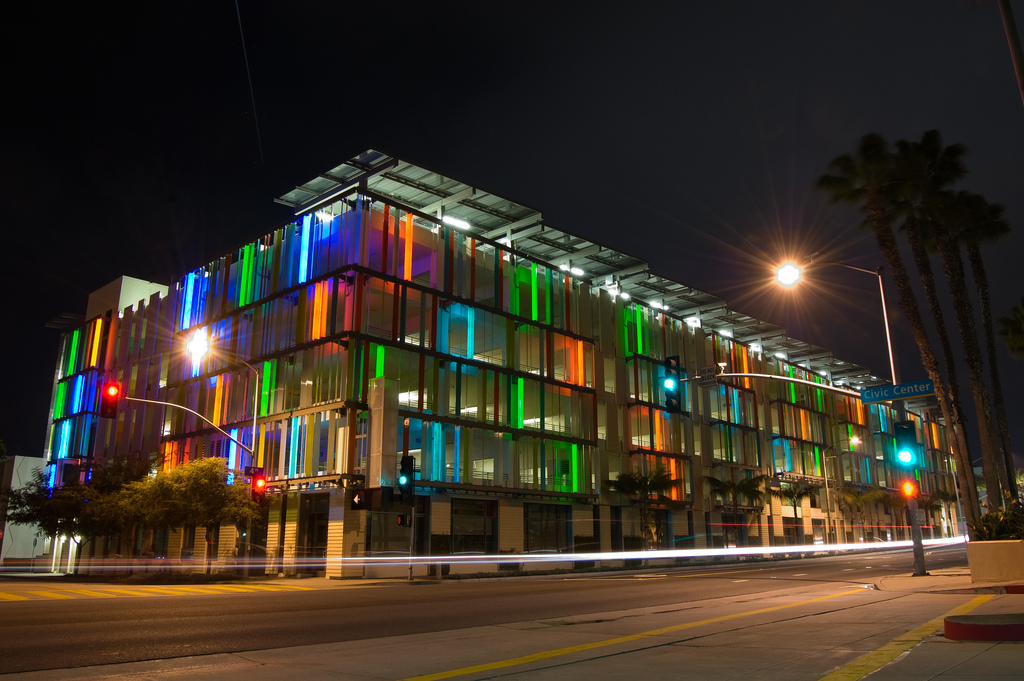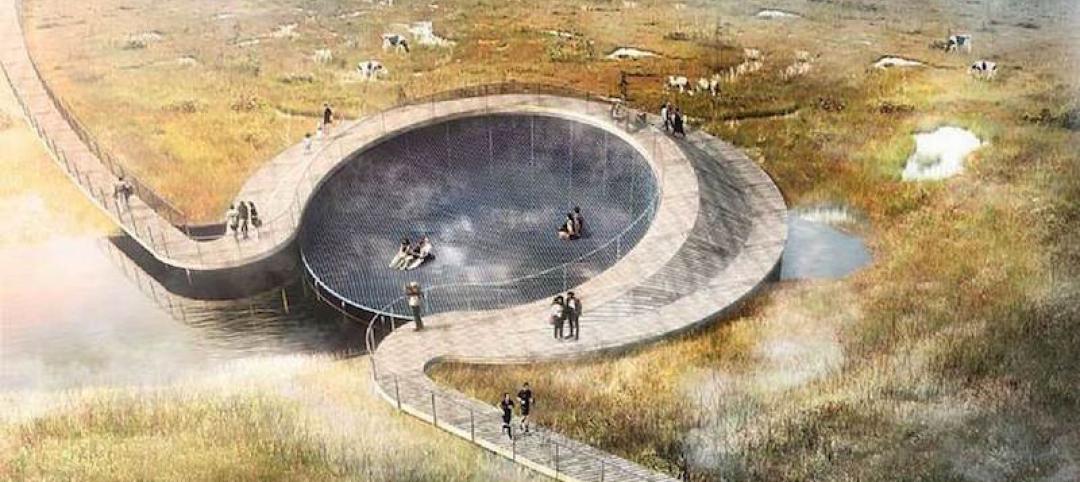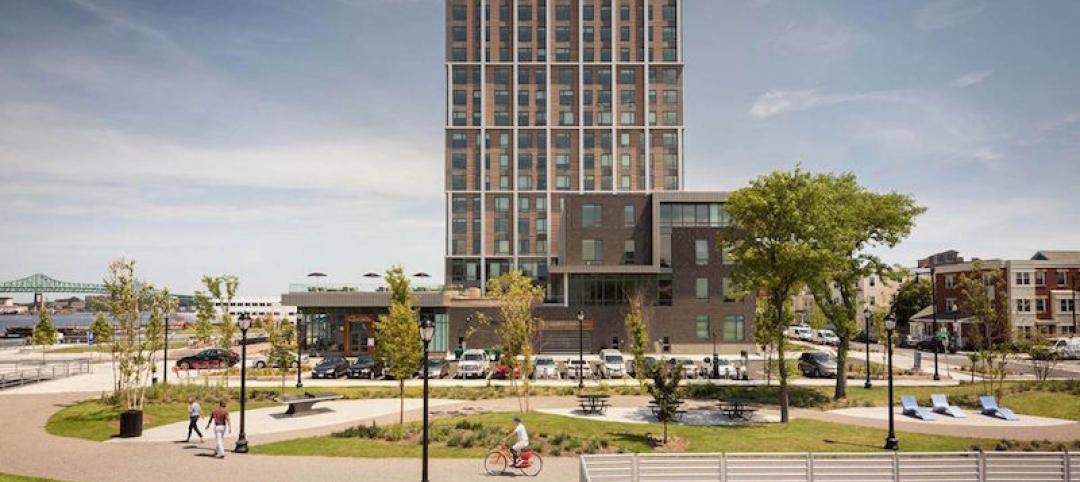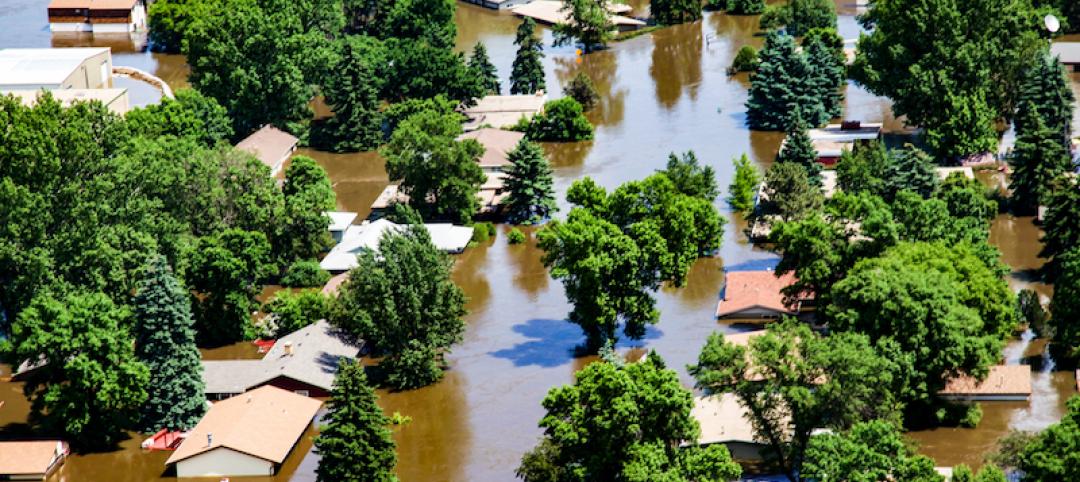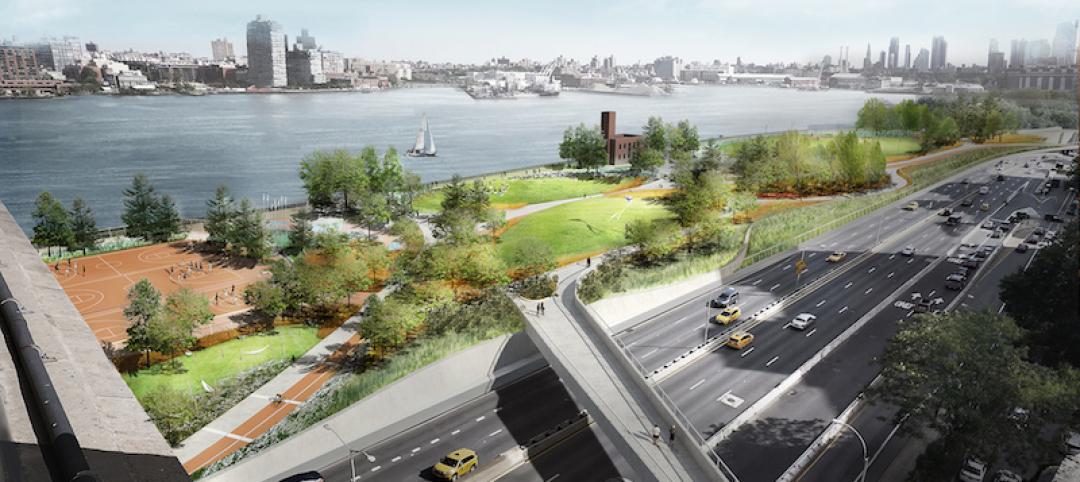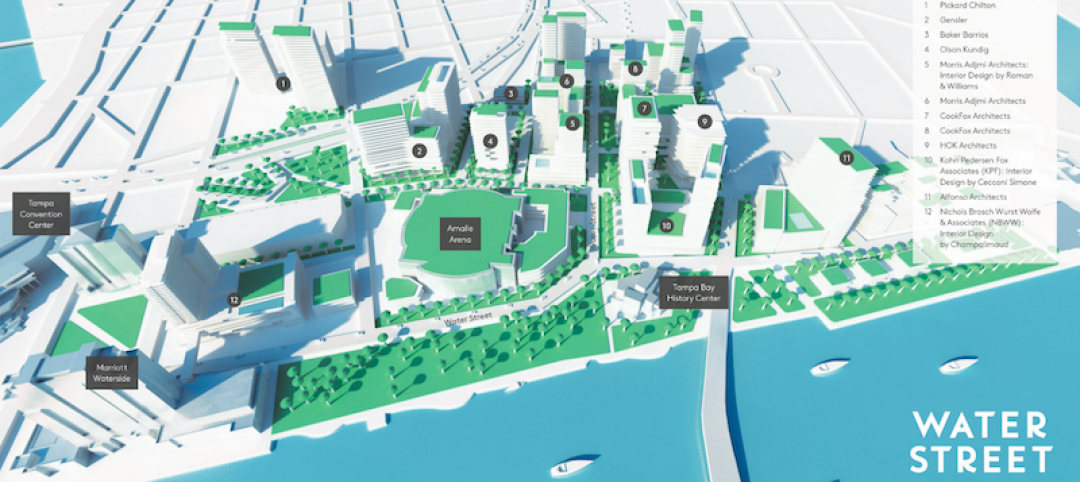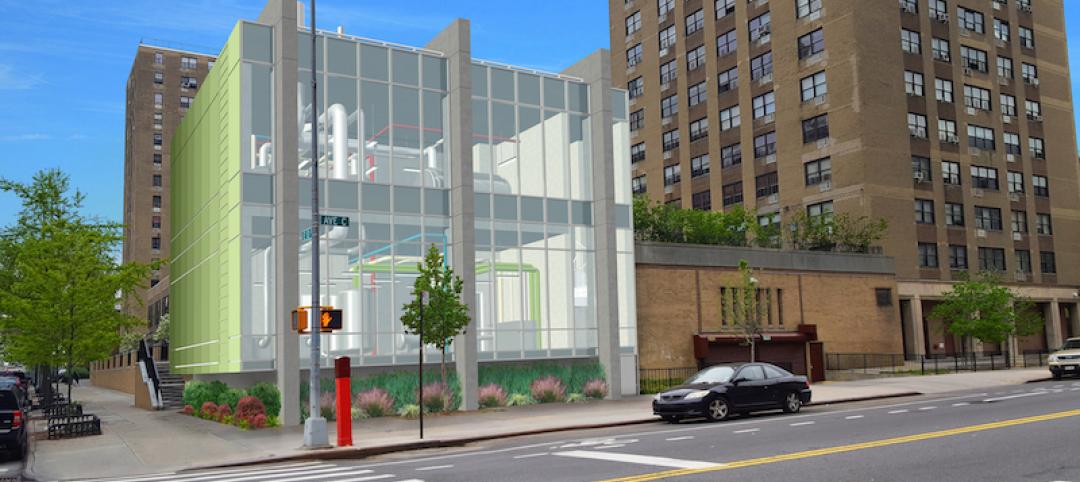New LEED pilot credits focused on resiliency are expected to influence future building designs.
One new pilot credit, the Passive Survivability design credit, is aimed at preparing building designs for functionality during emergencies. The building team would have to design a structure that meets at least two of these three standards: livable conditions after a disaster; backup power; and access to potable water.
In addition, designers would use a "habitability temperature zone" that includes relative humidity and other considerations important to human physiology to make it easier for people to survive extreme conditions if power is lost. The resulting new metrics for temperature require a new way to model buildings.
The other two LEED pilot credits pertain to the site. One, assessment and planning for resilience, requires a design team to assess critical hazards as part of the pre-design phase and complete climate resilience planning or emergency preparedness planning. The other credit, Designing for Enhanced Resilience, asks the design team to take the top three hazards from the and design for safety from them.
Related Stories
Resiliency | Jan 17, 2018
Climate adaptation project addresses current and future climate changes in Randers, Denmark
The C.F. Møller-designed project is slated for completion in 2021.
Resiliency | Nov 15, 2017
Resilient design for waterfront buildings: a real estate win-win in vulnerable area
The developer sees resilient developments achieving top-of-market pricing, faster leasing, higher renewal, and higher occupancy rates.
Greenbuild Report | Oct 18, 2017
Rebuild, retreat, or resist
Hurricanes Harvey and Irma expose the necessity—and limitations—of resilient design and construction measures.
Resiliency | Oct 18, 2017
Cities weigh relocations as part of their defenses against natural disasters
Convincing people to relocate can be a psychological hurdle.
Resiliency | Oct 16, 2017
The race to codify resilience design
An array of guidelines and standards coming from all kinds of sources are jockeying for position to stamp their imprint on resilience best practices and, potentially, new codes.
Resiliency | Oct 13, 2017
Resiliency takes center stage in new projects around the country
Projects like these, where resilience is central to their design and construction, are becoming more commonplace.
Resiliency | Sep 27, 2017
The East Side Coastal Resiliency Project will span 2.5 miles of Lower Manhattan
The project will safeguard the Lower East Side against severe weather and rising sea levels.
Codes and Standards | Sep 11, 2017
Natural solutions would be most effective flood resilience policies for Houston
New green infrastructure should be part of rebuild.
Mixed-Use | Aug 30, 2017
A 50-acre waterfront redevelopment gets under way in Tampa
Nine architects, three interior designers, and nine contractors are involved in this $3 billion project.
Resiliency | Jun 7, 2017
New disaster-resilient infrastructure building and upgrades hope to keep Haven Plaza up and running
The affordable housing complex was hit hard during Hurricane Sandy, leaving residents without electricity or water.


